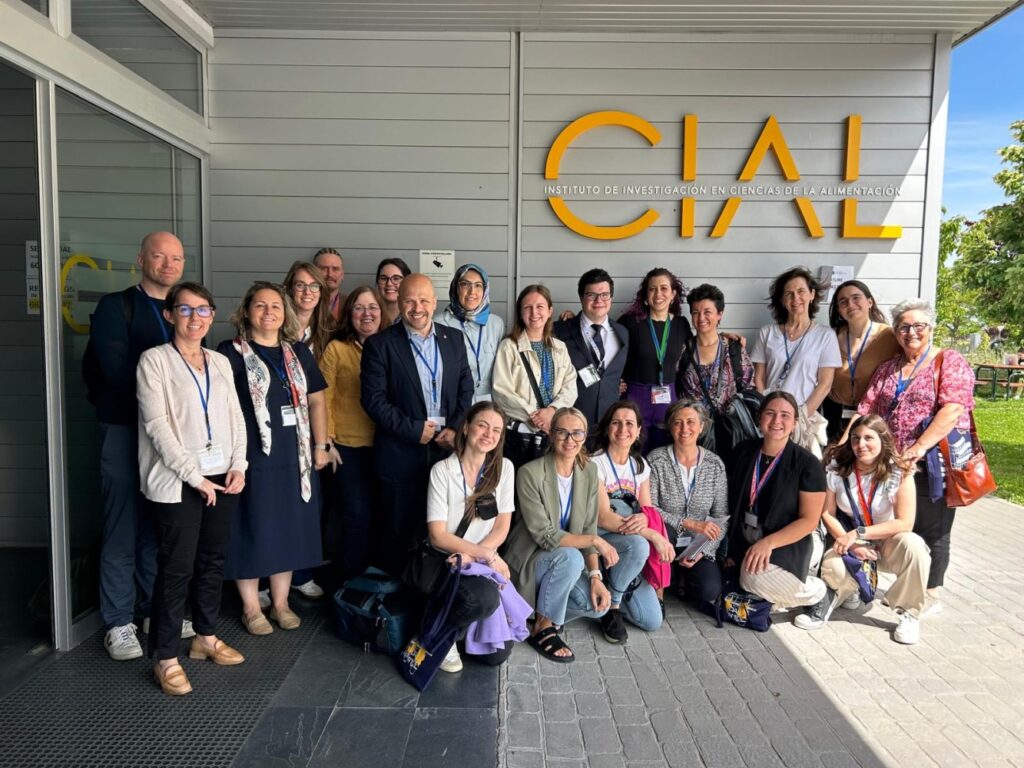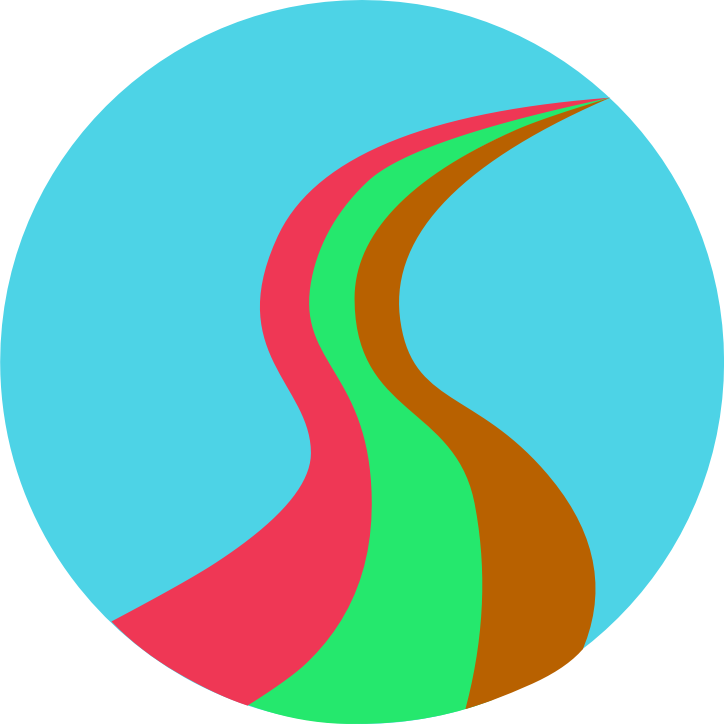To achieve the scientific objectives of SeaFoodture, a work plan structure consisting of 9 work packages, which integrates a multidisciplinary approach and ensures collaboration amongst all partners and stakeholders, has been elaborated.
WP1. Project and consortium management
Leader: CSIC
Participants: All partners
This WP aims to coordinate activities, ensuring the achievement of all objectives planned on the project work plan, following the timeline and budget established
- Task 1.1: Set up and coordination of the project management boards (CSIC)
- Task 1.2: Set up of project meetings (CSIC)
- Task 1.3: Administrative and financial management (CSIC)
- Task 1.4: Data and IPR management (Matís)


WP2. Development and optimization of seaweed cultivation approaches
Leader: Portomuiños
Participants: Portomuiños
Seaweed farming methodologies will be explored for the cultivation of five different seaweed species (brown: Saccharina latissima; red: Gracilaria spp., Palmaria palmata and Pyropia spp.; and green: Ulva spp.). The cultivation and harvesting conditions will be studied to optimize biomass yield and protein content.
- Task 2.1: Design, installation, and maintenance of the production unit (Portomuiños)
- Task 2.2: Planning and design of the experiments (Portomuiños)
- Task 2.3: Purchase/preparation of seaweed seeds and/or propagules (Portomuiños)
- Task 2.4: Sowing (Portomuiños)
- Task 2.5: Monitoring of the cultivations (Portomuiños)
- Task 2.6: Seaweed harvesting (Portomuiños)
- Task 2.7: Analysis of results (Portomuiños)
WP3. Composition and multi-scale structure characterization of different seaweed species
Leader: IIM-CSIC
Participants: IIM-CSIC, CIAL-CSIC
The seaweed species will be characterized in terms of chemical composition (including protein, fat, carbohydrates and mineral content, paying special interest to iodine and heavy metals), amino acid profile, polyphenols and monosaccharide analyses, as well as micro- and nanostructure of seaweed tissues. The results will allow us to identify species with higher protein and dietary fibre contents and greater potential for the extractions in WP4.
- Task 3.1 Biomass gross chemical composition (IIM)
- Task 3.2 Amino acid profile (CIAL)
- Task 3.3 Polysaccharide analysis including neutral and acid sugars (IIM, CIAL)
- Task 3.4 Phenolics and antioxidant activity of the extracts (IIM)
- Task 3.5 Biomass micro- and nanostructure with focus on cell wall architecture (IIM, CIAL)


WP4. Production of seaweed-based protein-rich ingredients through sustainable and efficient extraction methods
Leader: SAP
Participants: SAP, CSIC, USC, Matís
Seaweed species selected based on the chemical composition will be subjected to different pre-treatments to induce cell wall disruption, facilitating the extraction of protein-rich fractions. By integrating various pre-treatment methods and leveraging cost-effective commercial enzymes, we aim to minimize the number of processing steps, thereby generating less refined protein ingredients enriched with dietary fibres. The optimization of processes and reuse of the pre-treatment solution will be instrumental in maximizing protein yields while reducing the environmental impact of the overall production process.
- Task 4.1 Techno-economic analysis of pre-treatment methods (SAP)
- Task 4.2 Protein extraction optimization through Design of Experiments (DOE) (SAP, CSIC)
- Task 4.3 Structural analysis after processing (USC, CSIC)
- Task 4.4 Assessments regarding regulations and novel food (Matís)
WP5. Characterization of the nutritional quality, digestibility and techno-functional properties of seaweeds and their protein-rich ingredients
Leader: CSIC
Participants: CSIC, USC
The main aim of this WP is to fully characterize the composition, nutritional quality and techno-functional properties of the protein-rich ingredients obtained by the optimized extractions carried out in WP4, to evaluate their potential as food ingredients, while also ensuring their safety for human consumption.
- Task 5.1 Compositional characterization of protein-rich ingredients (CSIC)
- Task 5.2 Molecular weight and amino acid profile of protein-rich ingredients (CSIC)
- Task 5.3 Evaluation of the protein quality, digestibility and potential allergenicity (CSIC)
- Task 5.4 Solubility, emulsifying and foaming properties of protein-rich ingredients (IIM-CSIC)
- Task 5.5 Rheology and mechanical properties of protein-rich ingredients (IIM-CSIC)


WP6. Development of high nutritional quality food prototypes containing seaweed-based ingredients
Leader: SINTEF
Participants: SINTEF, IFT, USC, Portomuiños, CSIC
Food prototypes incorporating selected protein-rich ingredients will be produced and evaluated. The model prototypes will be chosen based on a consumer survey and mapping. The microstructure and digestibility of the most promising prototypes will be studied to assess the impact of the food matrix and processing methods. Furthermore, sensory analyses will be conducted to evaluate the acceptance of EU consumers.
- Task 6.1 Mapping of existing products and consumers’ acceptance (IFT)
- Task 6.2 Formulation of model products (SINTEF, Portomuiños)
- Task 6.3 Texture analysis: rheology and mechanical properties of model products (USC)
- Task 6.4 Microstructure and protein digestibility of selected food prototypes (CSIC)
- Task 6.5 Sensory analyses of prototypes (IFT)
- Task 6.6 Consumer study of prototypes (IFT)
WP7. Valorisation of solid residues to develop bio-based packaging materials
Leader: TAU
Participants: TAU, UT, Matís, CSIC, Portomuiños
The residues generated after the industrial extraction of polysaccharides or after the production of protein-rich ingredients will be characterized for chemical composition and structure. The residues with greater potential will be processed reducing purification steps as much as possible, to generate different types of packaging structures e.g. films, thermoformed materials and aerogel pads.
- Task 7.1 Compositional and structural characterization of residues (TAU, Matís)
- Task 7.2 Preparation of cellulosic nanocrystals (CSIC, Matís, UT)
- Task 7.3 Production of bio-based packaging material prototypes (CSIC, TAU, UT)
- Subtask 7.3.1. Production of films and trays
- Subtask 7.3.2 Production of aerogel/cryogel pads
- Task 7.4 Characterization of bio-based packaging material prototypes (UT, TAU, CSIC)
- Task 7.5 Food packaging storage trials (Matís, Portomuiños)
- Subtask 7.5.1. Sampling – processing, freezing and storage.
- Subtask 7.5.2. Sensory and quality evaluation
- Subtask 7.5.3. Chemical and microbial measurements


WP8. Environmental, nutritional, and socio-economic footprints of the developed processes and products
Leader: UAveiro
Participants: all partners
The objectives of this WP are to assess the potential environmental impacts of (i) extraction processes at lab-scale, (ii) the most promising food prototypes and (iii) bio-based packaging materials; compare the nutritional footprint of the developed seaweed food products with conventional ones; and assess food prototypes and bio-based packaging materials’ socio-economic indicators. The environmental performance will be assessed following the LCA internationally standardized methodology. The LCA structure proposed by the ISO 14040 and ISO 14044 standards will be adopted, including the following phases: (1) definition of the goal and scope, (2) life cycle inventory analysis, (3) life cycle impact assessment, (4) interpretation.
- Task 8.1 Goal and scope definition and inventory analysis (UAveiro, all)
- Task 8.2 Impact assessment and interpretation (UAveiro, all)
- Task 8.3 Nutritional footprint of seaweed-based processed products (UAveiro)
- Task 8.4 Social and economic analysis/footprint (UAveiro, all)
WP9. Dissemination, communication, outreach and knowledge transfer
Leader: Matís
Participants: all partners
The specific objective of this WP is the effective and impactful dissemination and communication of project outputs to relevant, diverse stakeholders to create scientific, social and commercial value. This goal will be achieved through the development of a Communication, Dissemination and Outreach Plan (CDOP), performance indicators in place to measure and monitor success of RRI, scientific impact and increased public awareness, dedicated tasks for engagement with target audiences and stakeholders (funding agencies, industry, scientific and public), dedicated task to ensure RRI across all project activities, and training and mobility plan in place to facilitate the transfer of internal knowledge and skills, and to seek opportunity for external training and knowledge exchange.
- Task 9.1 Communication, Dissemination and Outreach Plan (Matís, all)
- Task 9.2 Visual identity (Matís, all)
- Task 9.3 Website (Matís).
- Task 9.4 Outreach Material (Matís, all)

